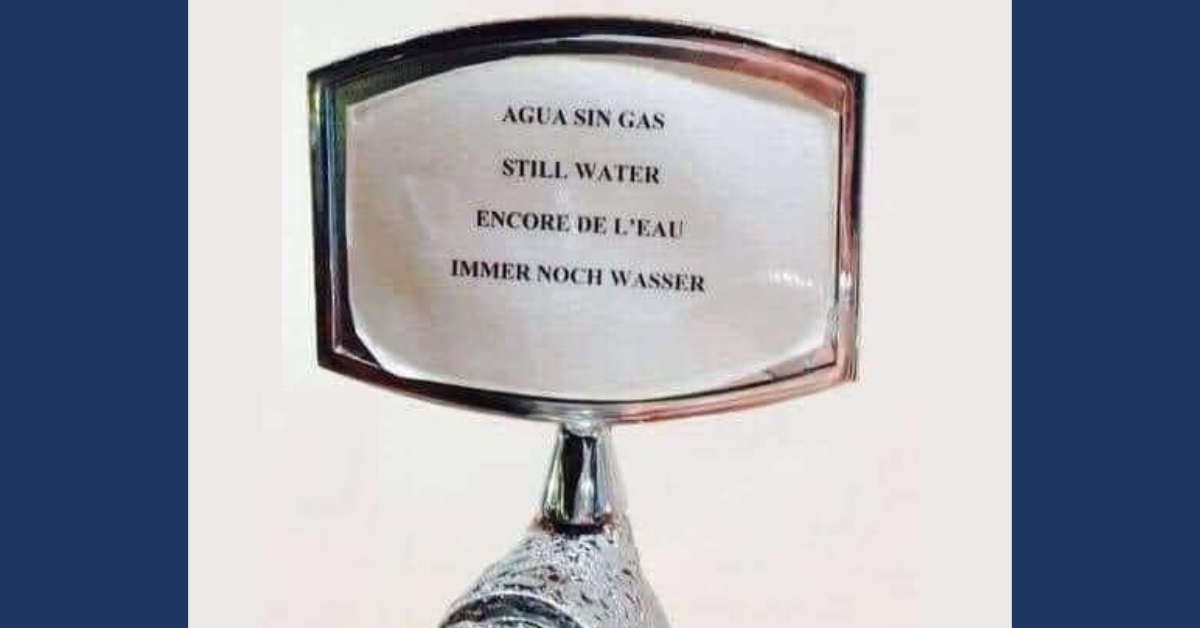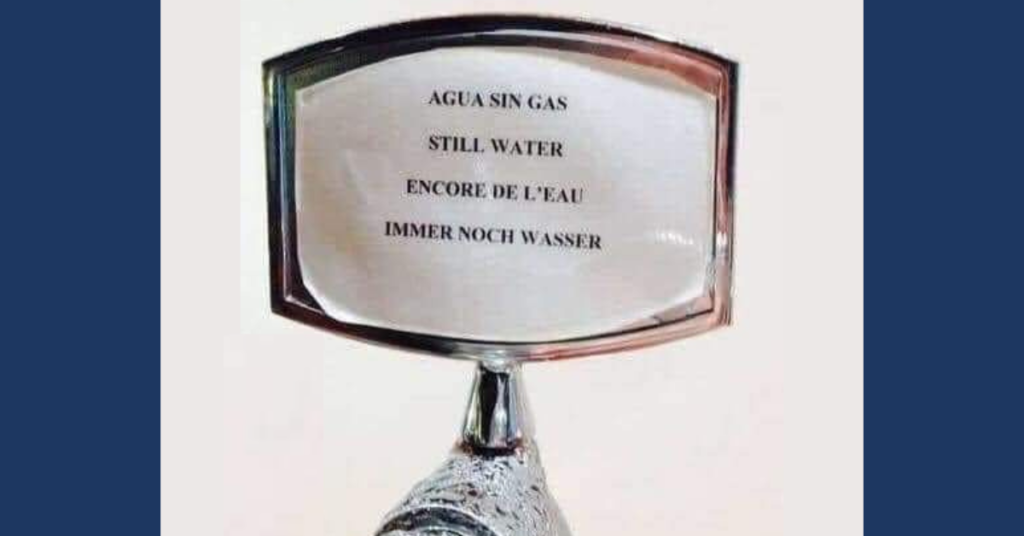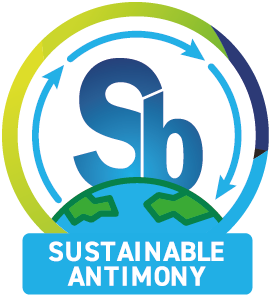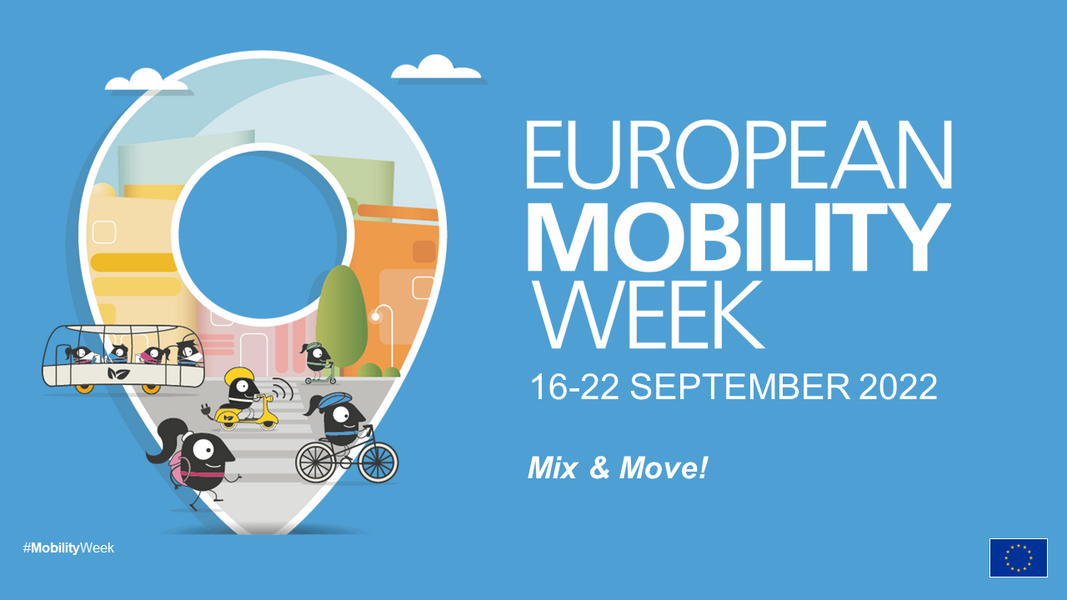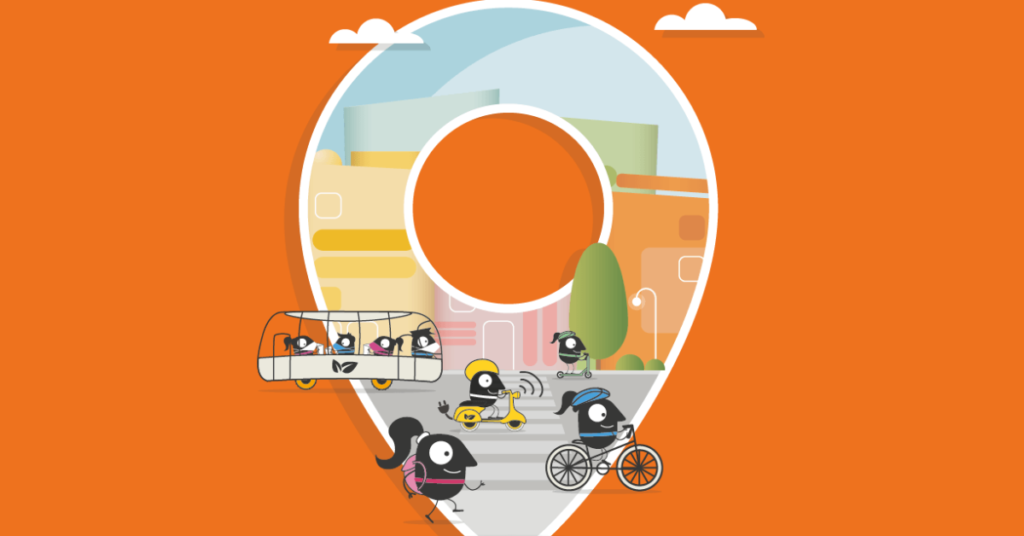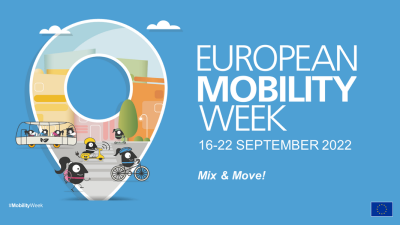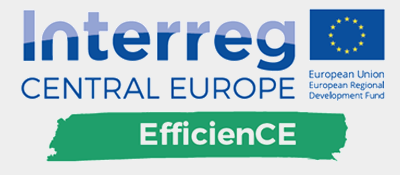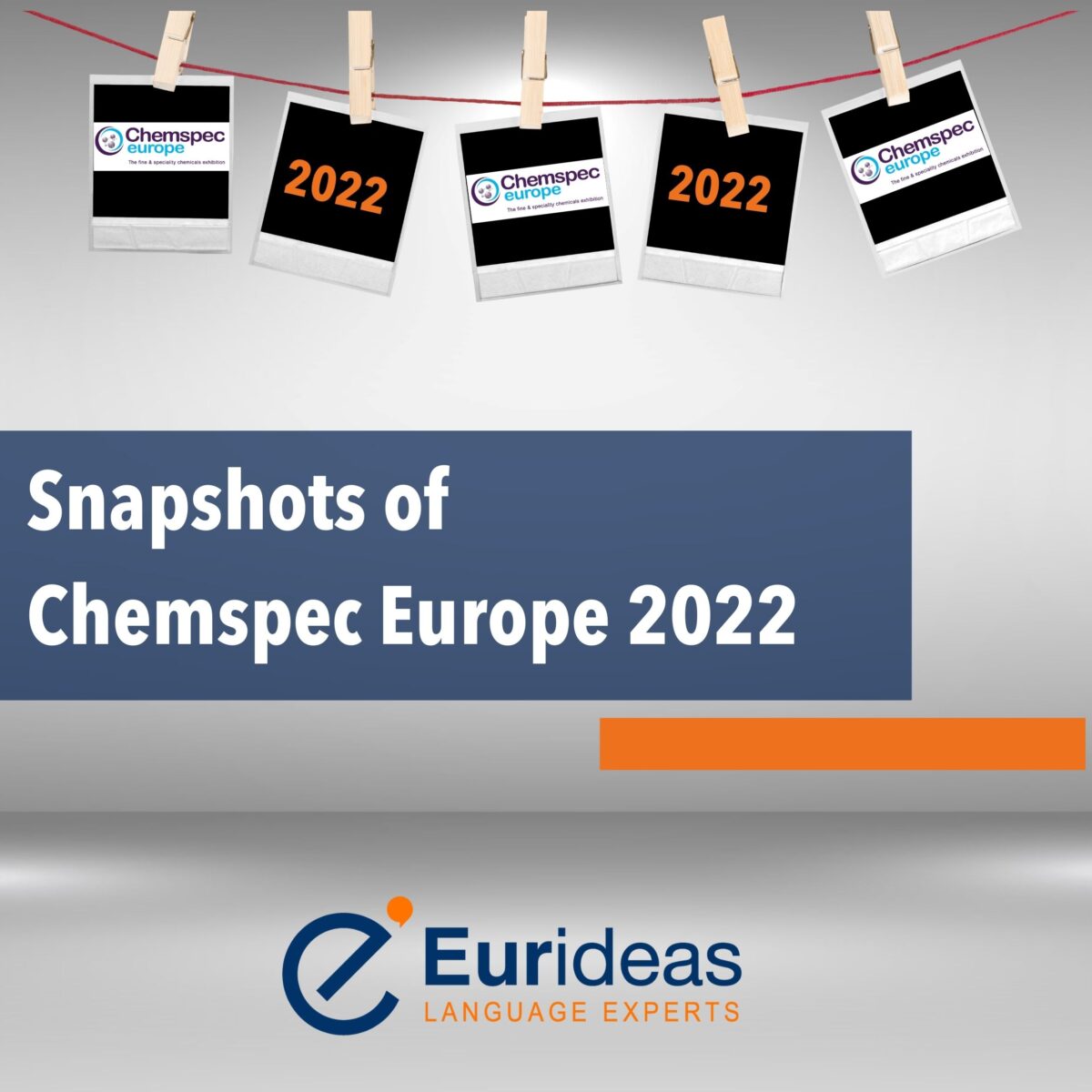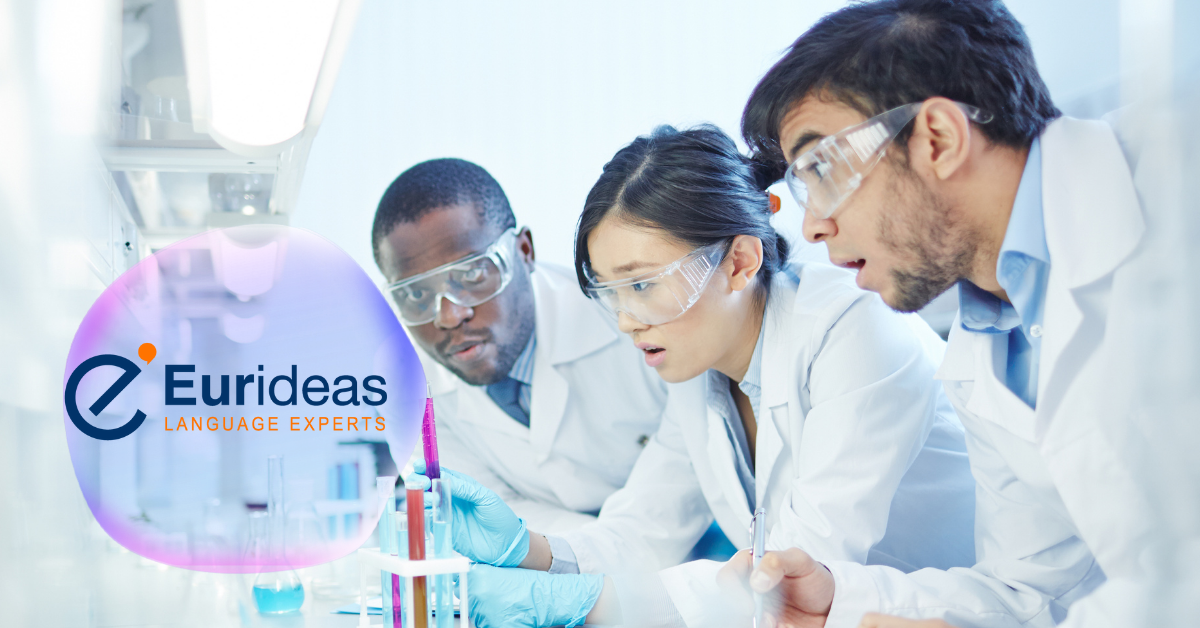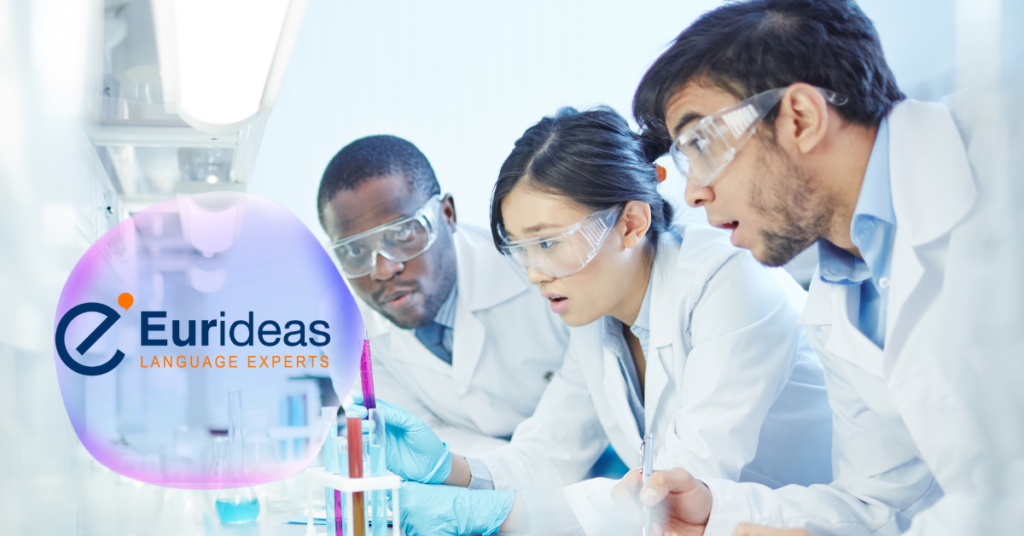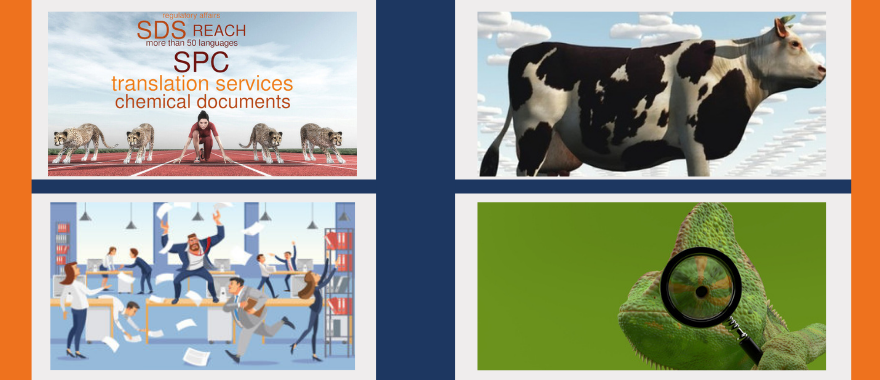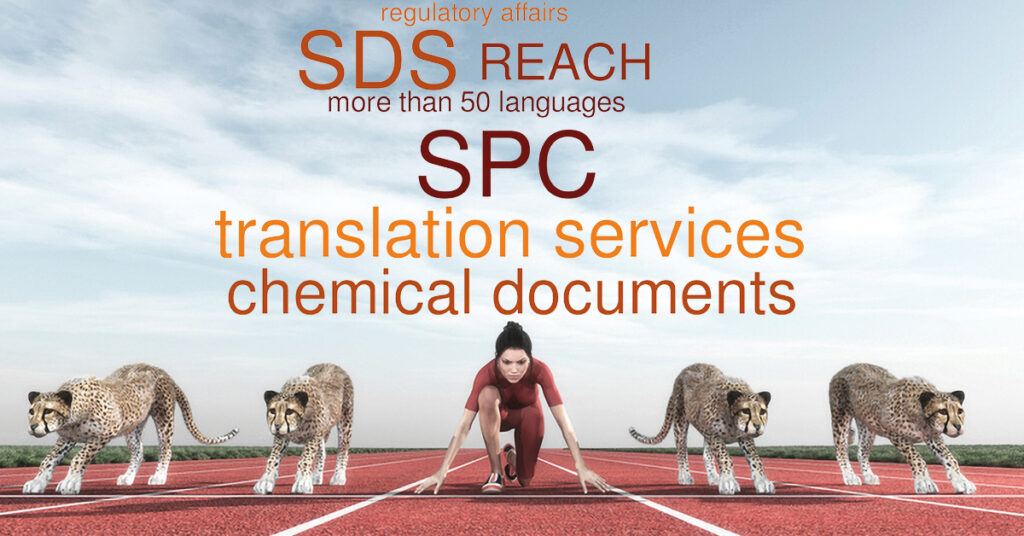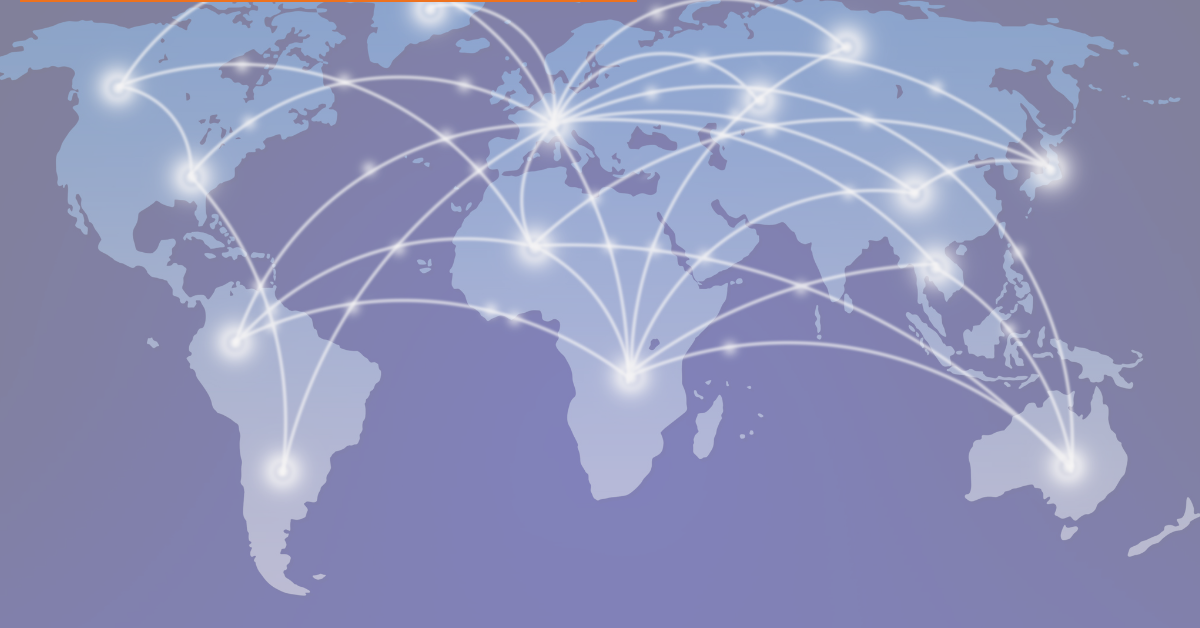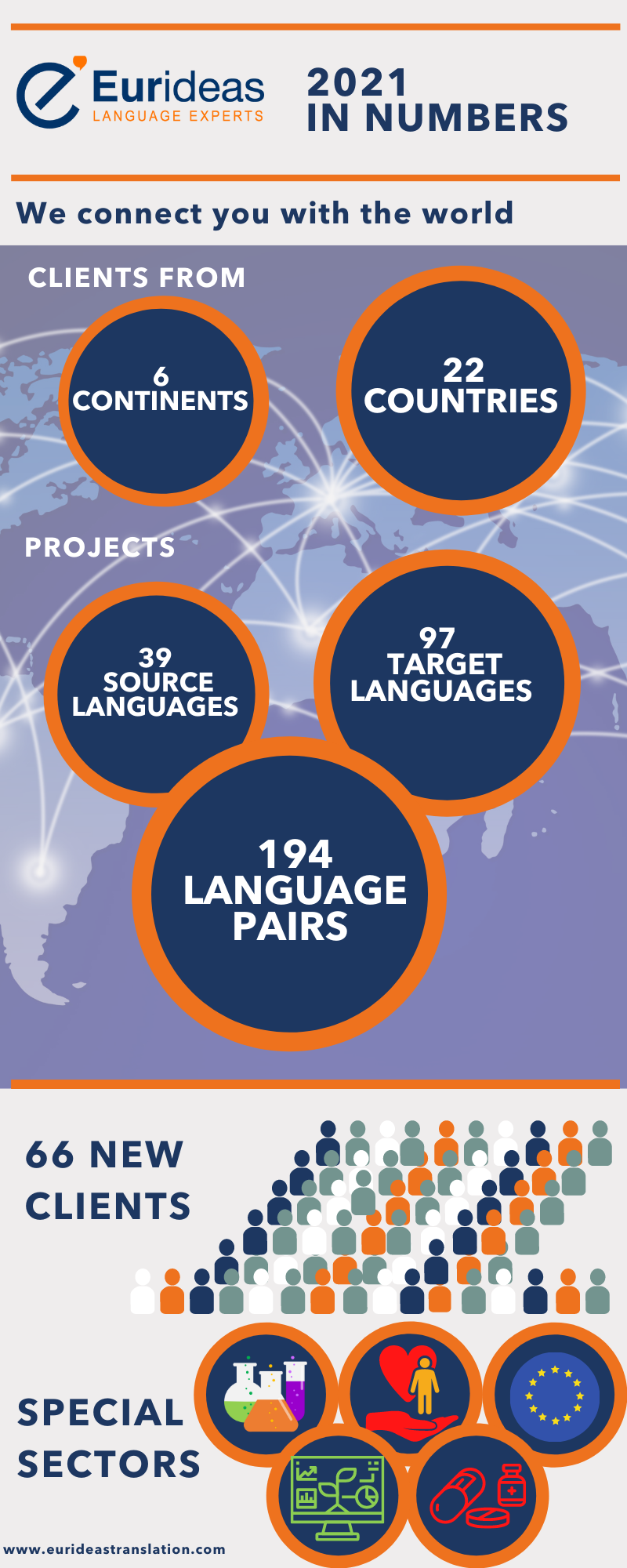Every culture prepares for and celebrates Christmas in its own way, upholding customs that might be amusing or surprising for other nations.
I remember that during my childhood in Hungary my grandmother would go to the market a few days before Christmas to buy a live carp (which were kept in huge aquariums in the market). She then kept it live in the bathtub until the time came to cook it for dinner on Christmas Eve. When I told my international friends about this tradition many years later, they were quite taken aback.
However, I have also learned of some surprising traditions in other countries. For example, Christmas Eve (24 December) is a time to party in Greece. People go out with their friends instead of staying at home with their nearest and dearest.
Now that I live in Germany, I have learned that advent and Christmas markets are very important and the typical Christmas dinner is sausage with potato. I have also had the fortune to celebrate Christmas in countries where it is summer in December – Santa on the beach – and for me that is the best way of all.
As the owner of a translation agency, I have always been very interested in different cultures, so here are some examples of Christmas traditions from all over the world:
- United Kingdom – Children hang stockings on their bedposts so they wake up to small gifts in the morning.
- Singapore – The Christmas lights are among the most impressive in the world.

- Japan – Many Japanese people order KFC food for Christmas dinner. Christmas was, and still is, a secular holiday in Japan – a country where less than 1% of the population identifies as Christian – and in the 1970s many people didn’t have established family Christmas traditions. In 1974 KFC launched a Christmas campaign and since that time many Japanese people have taken to buying KFC chicken for their Christmas meal.
- Germany – One month before Christmas the main squares of German cities transform into Christmas markets where people meet for ‘Glühwein’ (mulled wine) and ‘Bratwurst’ (grilled sausage), as well as to shop for handmade products. There are 2,500-3,000 Christmas markets in Germany per year. If you live in Germany or are there for a visit, it’s a must to see at least one Christmas market.

- Mexico – Las Posadas, a nine-night celebration from 16 to 24 December, is an important part of Christmas celebrations in Mexico. Each night, people go to a party at a different home. They commemorate Mary and Joseph’s search for an inn by forming a procession to that evening’s location and symbolically asking for shelter. For children, the highlight of the night is the breaking of the piñata, a brightly decorated paper (or pottery) container filled with candy and toys.

- Austria – In Austria and Bavaria, St. Nicholas gives gifts to children who have been good, while Krampus, the half-man, half-goat, comes around to drag away those who have been bad. In some places, men dress up as Krampus for a ‘Krampuslauf’ (Krampus run) to give kids a fright.

- Australia – Surfing Santa. It’s summer at Christmas time so you’re likely to see a surfer in a Santa hat. It may not be an official tradition, but it’s certainly fun.

Written by Kristina Bitvai-Aeberhard, Managing Director of Eurideas


